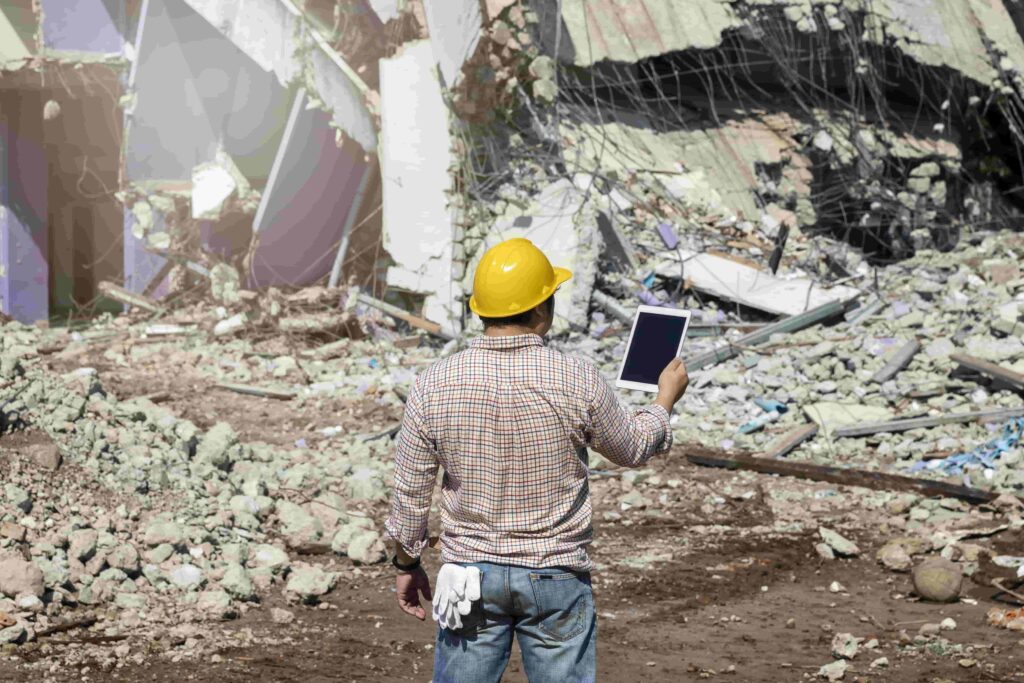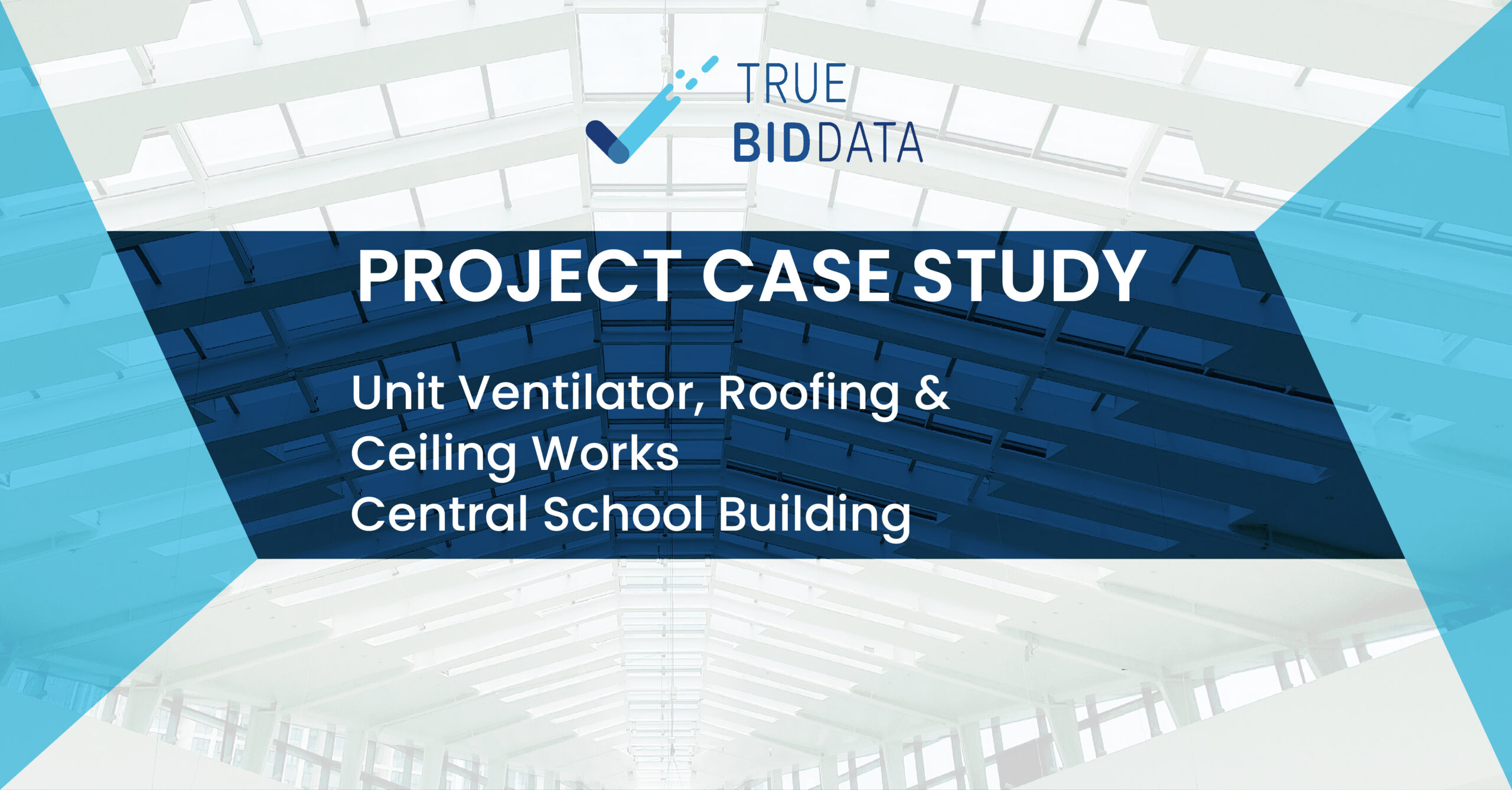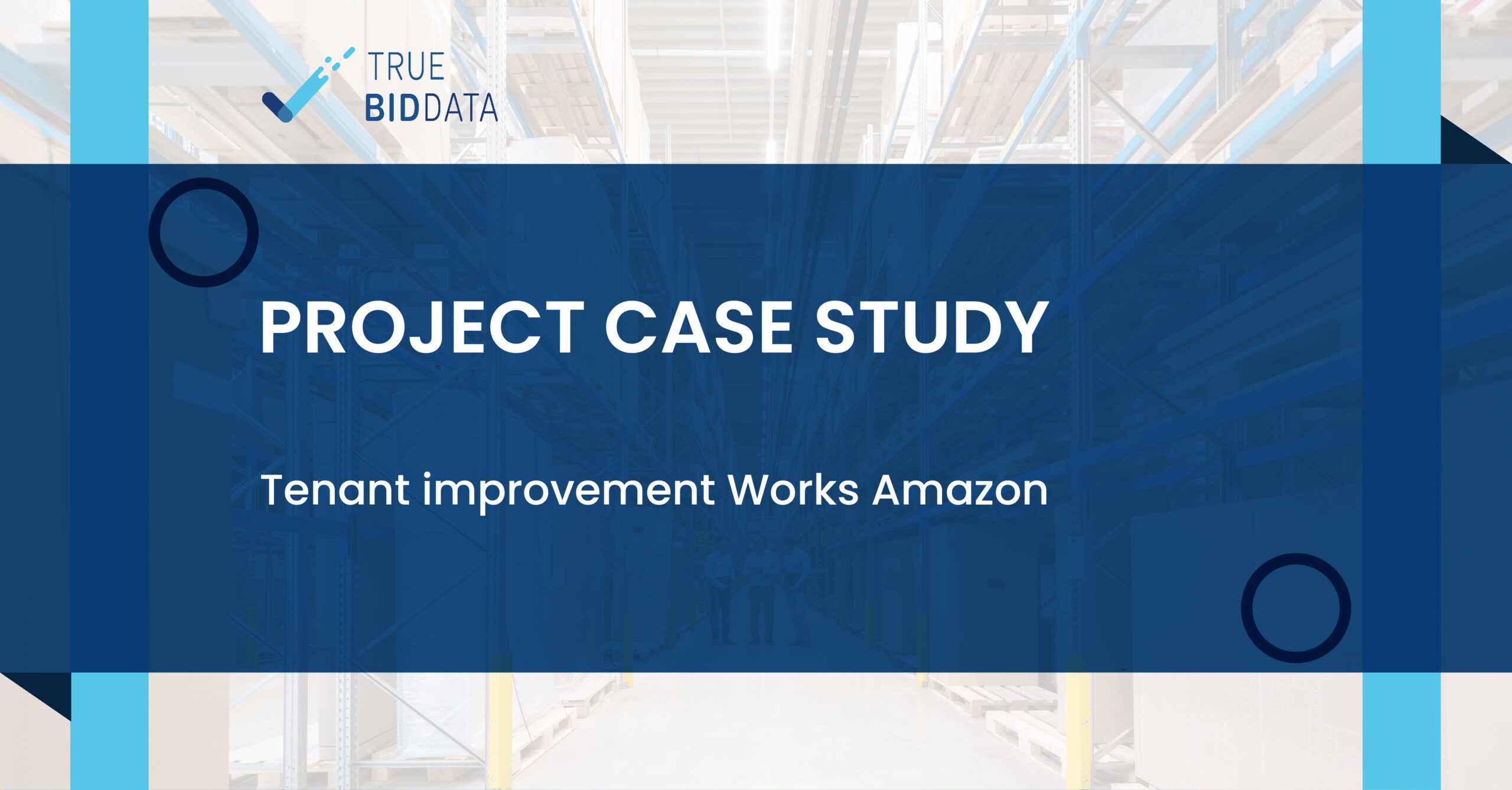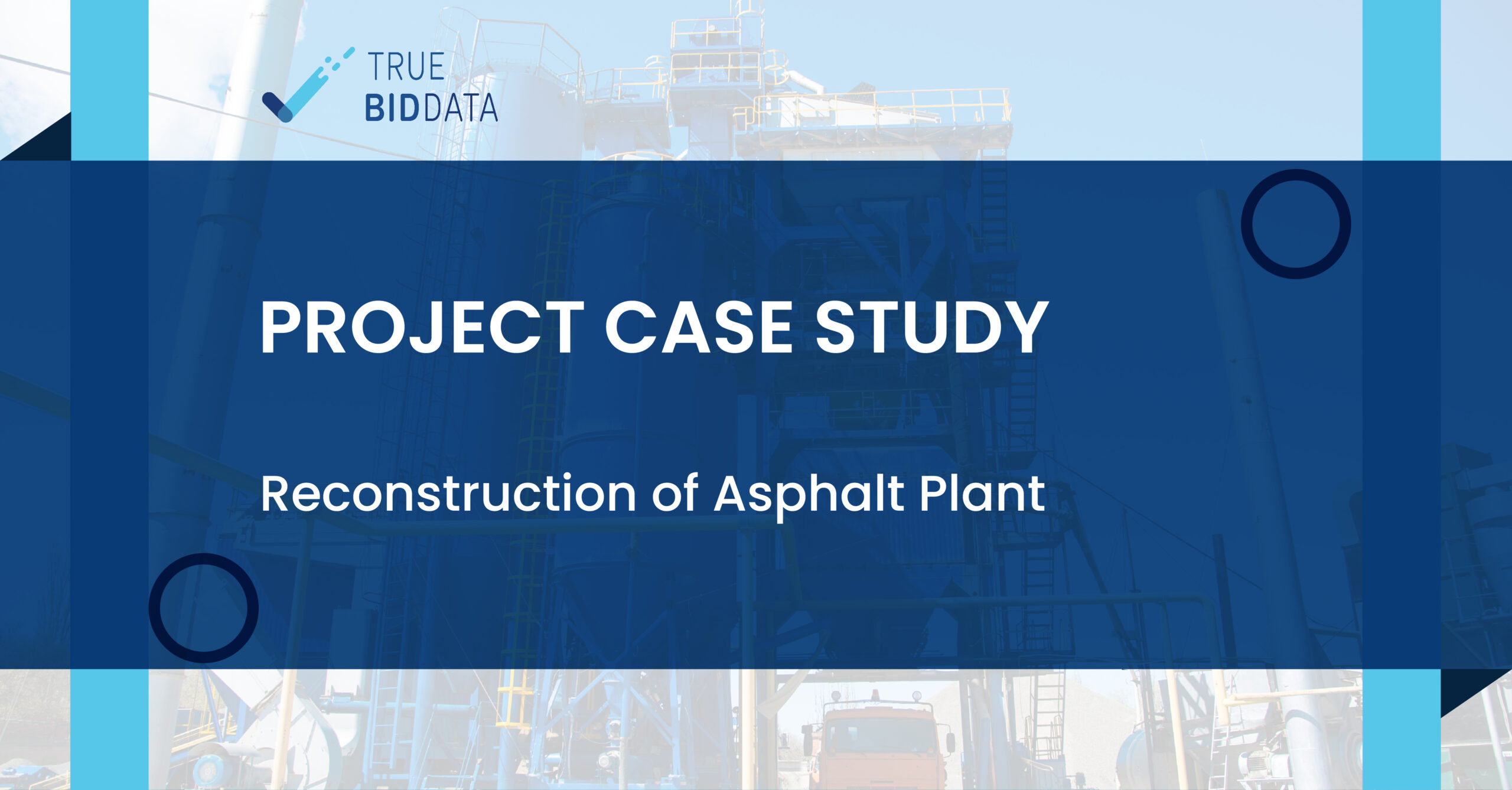
Accurate demolition takeoff is foundational to creating reliable cost estimates, particularly in fast-paced, high-density environments like New York City. It’s not just about identifying what’s being removed—it’s about quantifying it precisely and connecting it to labor, logistics, and regulatory costs that directly impact project success.
At True Bid Data, we treat demolition takeoffs as more than measurements—they’re data models that drive early decisions in preconstruction planning.
What Is a Demolition Takeoff?
A demolition takeoff refers to the process of extracting quantity data for all materials and assemblies scheduled for removal from a set of construction drawings. This data is critical to determining:
- Scope boundaries
- Disposal requirements
- Labor hours
- Haul-away logistics
- Permit conditions
In New York City, many renovations and rebuild projects involve detailed interior and structural demolition. Each of these activities requires a precise takeoff to avoid cost overruns or scheduling delays.
Data-Driven Demolition Analysis
Demolition takeoff isn’t guesswork. It relies on:
- Architectural drawings to identify walls, doors, windows, and finishes to be removed
- Structural plans for concrete, steel, and framing elements
- MEP drawings to capture fixture and utility disconnections
Estimators use digital tools to convert these drawings into measurable scope, itemized by square footage, linear footage, cubic yardage, or item count. Platforms like True Bid Data integrate this process to generate takeoff sheets automatically, allowing real-time data analytics and scope comparisons.
Common Demolition Scope Categories
A detailed demolition takeoff should break down quantities into CSI-aligned or custom buckets, such as:
- Floor finish removal (SF)
- Concrete slab demo (CY)
- Wall demolition (LF or SF)
- Framing teardown
- Mechanical or electrical fixture disconnection
- Roofing membrane removal
- Load-bearing structure removal (if applicable)
This level of segmentation helps avoid overlaps or omissions during estimating and subcontractor bidding.
Labor Forecasting from Takeoff Data
Once the demolition scope is quantified, labor analysis becomes possible. TrueBidData maps each line item to standardized labor rates—adjusted for New York City wage scales and union conditions.
For instance:
- Hand demo of interior finishes in occupied buildings requires more labor hours than machine-assisted exterior teardown.
- Weekend/night demolition in NYC—common in commercial spaces—demands premium rates.
- Manual sorting of materials for LEED certification or recycling impacts labor assumptions.
These insights, drawn directly from the takeoff, enable refined cost forecasting before procurement begins.
Linking Demolition to Construction Phases
One of the most strategic uses of demolition takeoff is understanding how it affects future construction. For example:
- Removing load-bearing walls may require temporary shoring, which affects early-phase budgets.
- Mechanical disconnections influence sequencing of HVAC or plumbing installation.
- Structural slab removals tie directly to excavation and foundation work timelines.
True Bid Data’s integrated takeoff approach maps demolition quantities to follow-up scopes, helping GCs and estimators build tighter project budgets and schedules.
Navigating Local Demolition Requirements
New York City imposes unique challenges on demolition projects:
- Filing for interior demolition permits with the DOB
- Submitting noise and dust mitigation plans
- Complying with e-waste and hazardous material disposal protocols
- Managing access constraints in high-rise or tight-lot areas
Our demolition takeoff solutions account for these requirements by integrating zoning data and historical cost layers into the estimation workflow. This means fewer surprises post-bid and a clearer picture of overhead costs early on.
TrueBidData’s Role in Demolition Takeoff
At TrueBidData, we:
- Upload PDFs or CAD files directly
- Tag demolition zones by scope
- Extract quantities by unit type (CY, SF, LF, item)
- Compare demolition takeoffs to past NYC-based projects
- Link takeoffs to real-time labor and material cost libraries
Whether you’re bidding on a retail renovation in Manhattan or a hospital retrofit in Brooklyn, your demolition takeoff is the foundation for confident pricing.
Start Strong with Better Demolition Data
Demolition takeoff isn’t a checkbox—it’s a strategy. It frames how the rest of your estimate evolves. With True Bid Data’s analytics-driven platform, you can ensure your demolition scope is not only captured accurately but positioned intelligently within the total project budget.
Visit True Bid Data to simplify your demolition takeoff process and power your next estimate with insight and precision.




